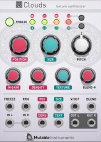Tutorials







© copyright 2018

Tutorials
Modular Synthesis:
Granular Techniques:
Hardware:
There are two kinds of tutorials
The “in-depth” tutorials are in love with details. Every single detail of the particular hard- or software is introduced, explained and analysed.
There are also remarks about similar matters, further tutorials or other kinds of educational sources concerning the particular matter.
These tutorials mostly come as series. Be prepared to spend some time with them and the matters they talk about, as some of them last up to 3 hours.
These tutorials are marked with a "P" in the following list.
Tutorials, which are not carrying the “P” mark are meant to give you an overview, a kind of deeper general impression of the matter. Even if taking a good look under the hood from time to time, they are not as detailed as the “P”-tutorials.
You don´t know, whether or not to get yourself a certain hard- or softsynth and want to see and hear a bit more than a simple demonstration of presets or only the overall functionality? Well, these tutorials are what you were looking for.
But here you also find explanations and demonstrations of matters independent from certain gear, as i.e. the series of FM/PM workshops.
Softube´s Modular:
u-he´s Bazille:
SoloStuff´s SoloRack:
u-he´s Zebra:

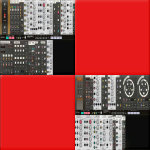
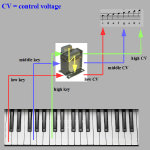






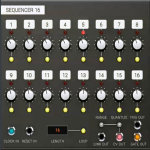
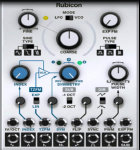
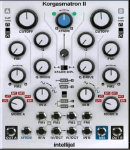
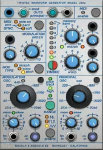













Tutorials Page 1
